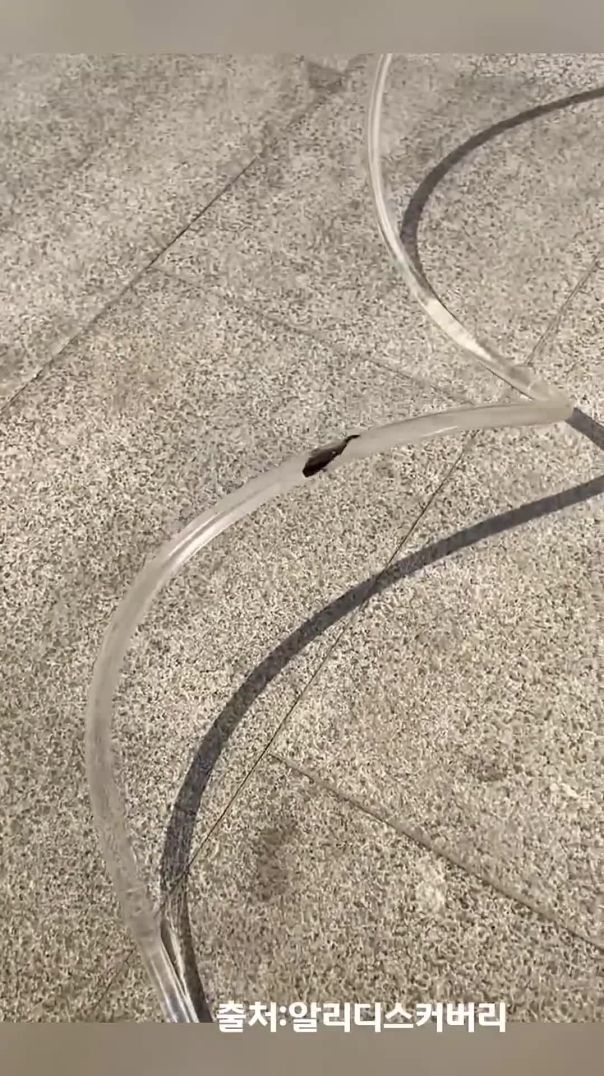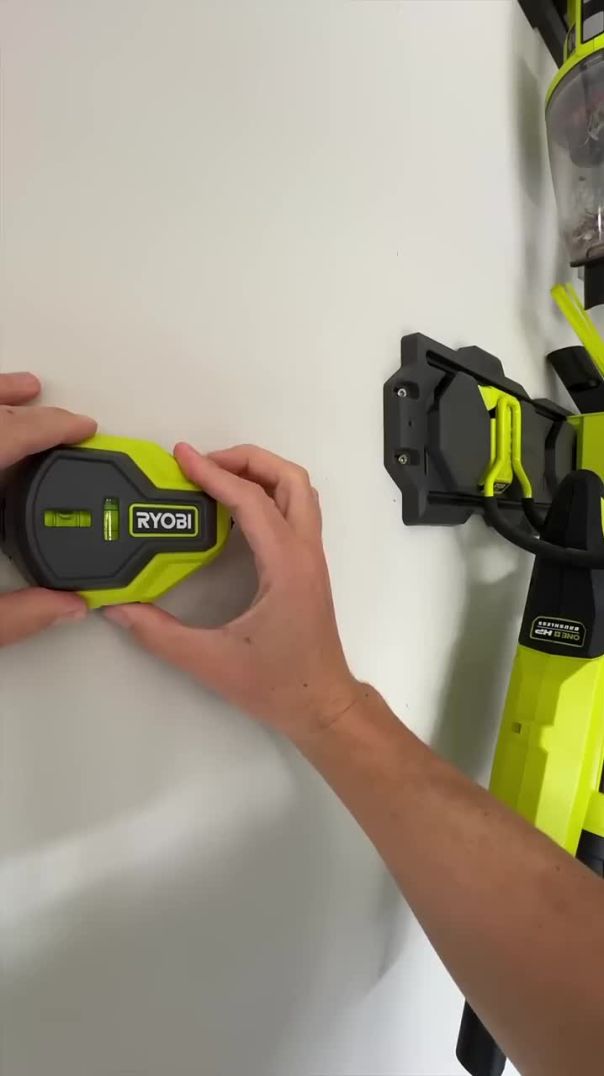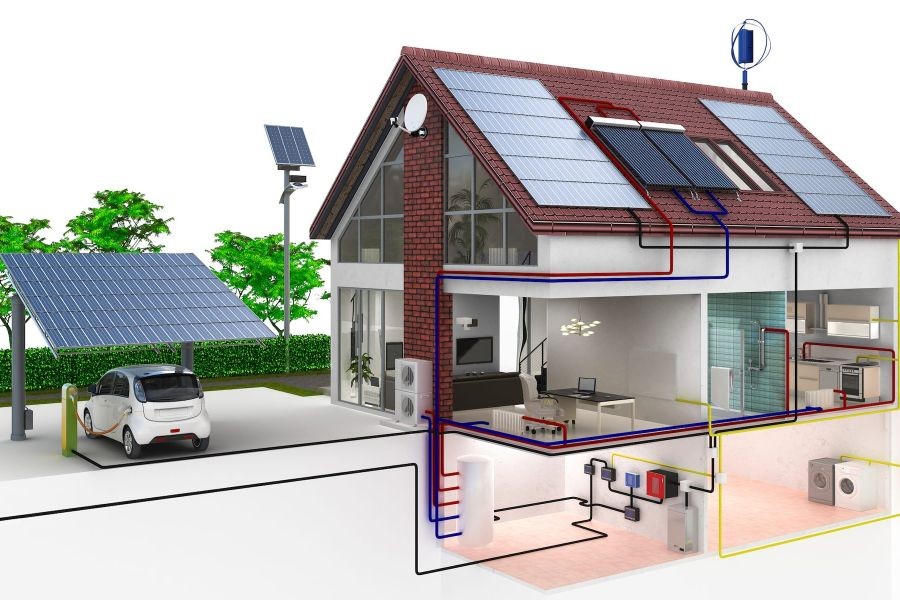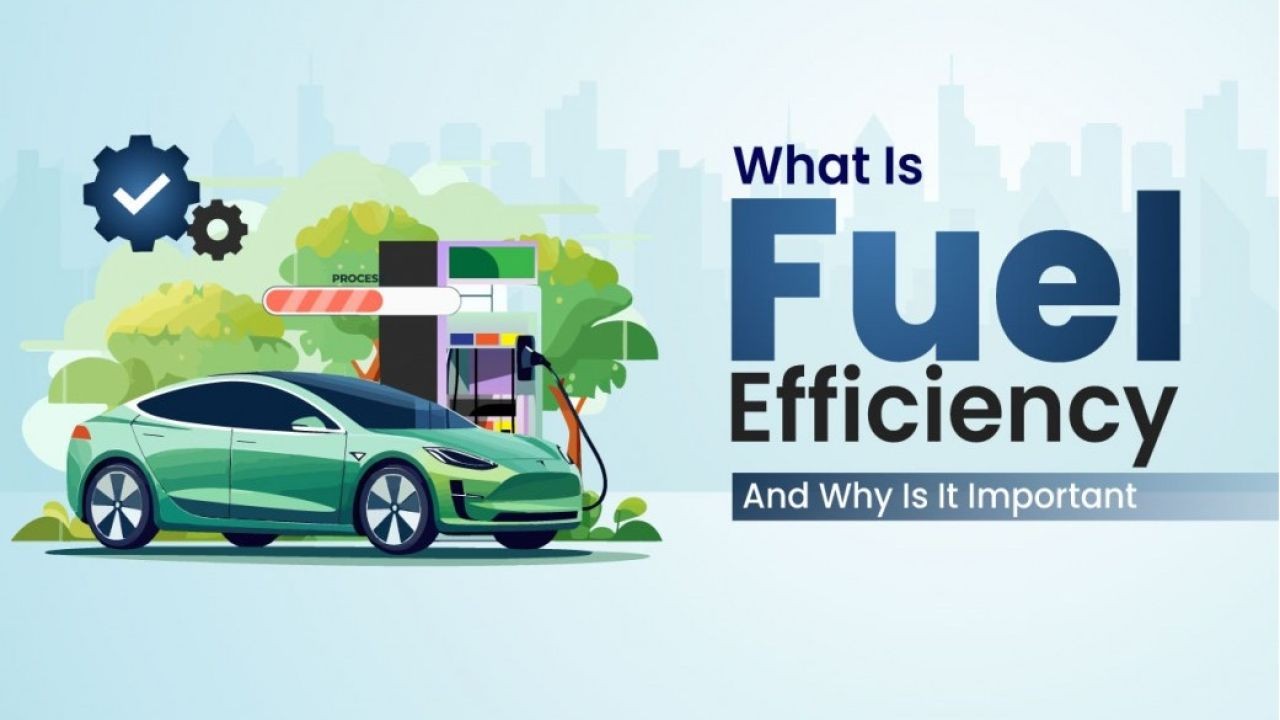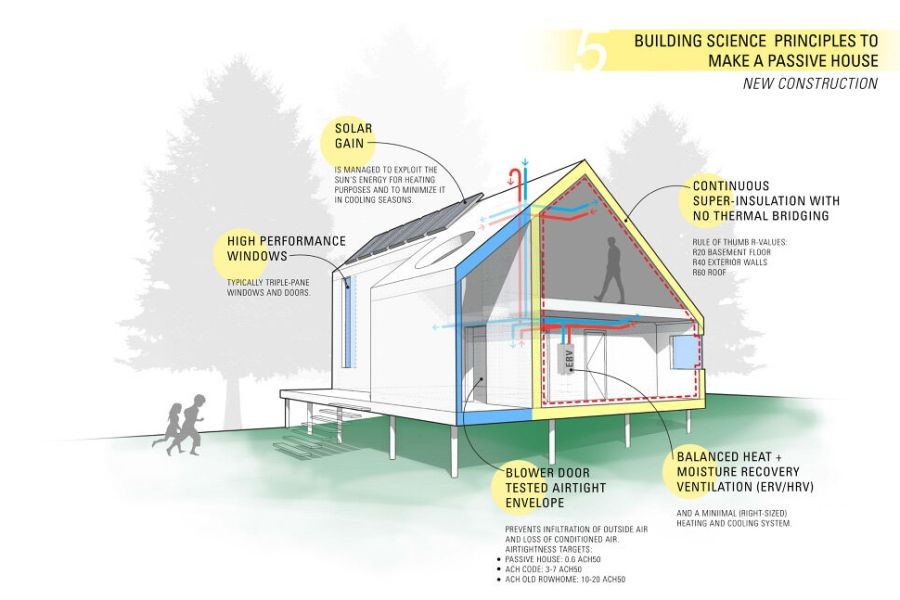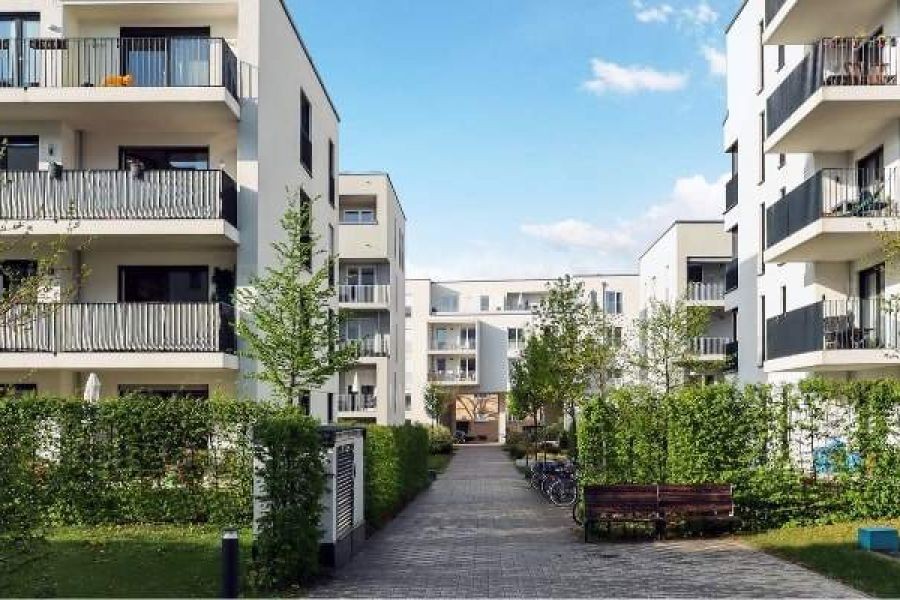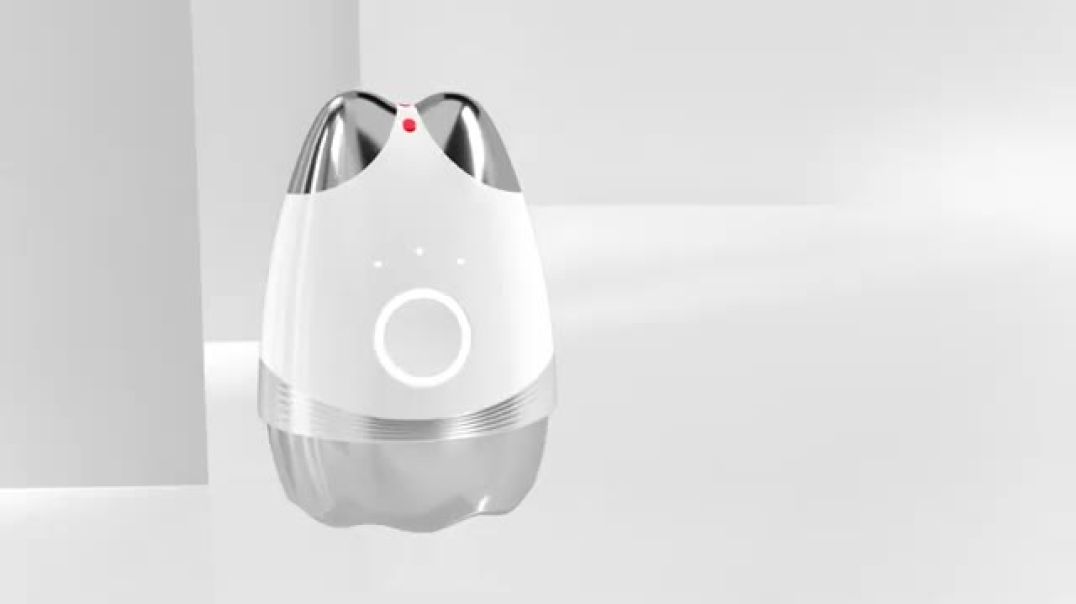As Australia continues to face rising energy costs and climate change challenges, building an energy-efficient home is no longer just an idealistic pursuit—it's a practical necessity. An energy-efficient home not only reduces carbon footprints but also slashes energy bills, making it a win-win for homeowners and the environment alike. But how do you build such a home in Australia, a country with unique climatic conditions and regulatory frameworks? This article delves into the steps, benefits, and challenges of creating an energy-efficient home within the Australian context.
Understanding Australia's Energy Landscape
Australia's energy sector is undergoing a significant transformation, driven by a strong push towards renewable energy sources. According to the Australian Bureau of Statistics, renewable energy accounted for 29% of Australia's total electricity generation in 2023, a significant increase from previous years. This shift presents both opportunities and challenges for homeowners aiming to build energy-efficient homes.
Furthermore, initiatives like the National Energy Productivity Plan (NEPP) aim to improve Australia's energy productivity by 40% by 2030. This plan underscores the importance of energy-efficient homes in achieving national energy goals, providing a supportive backdrop for homeowners.
Key Components of an Energy-Efficient Home
Building an energy-efficient home in Australia involves several key components, each contributing to reduced energy consumption and improved sustainability.
1. Sustainable Building Materials
Choosing sustainable materials is crucial. Opt for locally sourced timber, recycled steel, and sustainable bricks. These materials not only reduce the home's carbon footprint but also enhance its thermal performance, keeping it cool in summer and warm in winter.
2. Advanced Insulation
Proper insulation is a cornerstone of energy efficiency. In Australia, where temperatures can vary dramatically, insulation helps maintain a stable indoor climate. Use high-quality insulation in walls, roofs, and floors to minimize energy loss.
3. Solar Energy Systems
Australia is blessed with abundant sunshine, making solar panels a smart choice for energy-efficient homes. According to the Clean Energy Council, over 3 million Australian households have already installed solar panels, significantly cutting their energy costs.
4. Energy-Efficient Appliances
Investing in energy-efficient appliances can lead to substantial savings. Look for appliances with high Energy Star ratings, which denote superior energy performance. From refrigerators to air conditioners, choosing the right appliances can make a big difference.
Real-World Case Study: The Cape, Victoria
The Cape, a sustainable housing development in Victoria, serves as an exemplary case study. The project focuses on creating energy-efficient homes that are not only environmentally friendly but also economically viable.
Problem: The Cape aimed to address the high energy consumption of traditional homes, which contributes to environmental degradation and high utility bills.
Action: The developers incorporated passive solar design, high-performance insulation, and solar photovoltaic systems. They also used sustainable materials and installed energy-efficient appliances.
Result: Homes in The Cape use 80% less energy than the average Australian home, with some achieving net-zero energy consumption. This has resulted in significant cost savings for homeowners and a reduction in carbon emissions.
Takeaway: The Cape demonstrates that with the right design, materials, and technologies, energy-efficient homes can be both sustainable and affordable.
Pros and Cons of Building an Energy-Efficient Home
Pros:
- Cost Savings: Reduced energy bills over time due to lower energy consumption.
- Environmental Impact: Lower carbon footprint contributes to national and global sustainability goals.
- Increased Property Value: Energy-efficient homes are more attractive to buyers, potentially increasing resale value.
Cons:
- Initial Costs: Higher upfront investment for materials and technologies.
- Complex Regulations: Navigating Australia's building codes and energy efficiency regulations can be challenging.
- Technological Challenges: Keeping up with rapidly evolving energy technologies may require ongoing investments.
Common Myths About Energy-Efficient Homes
Myth: "Energy-efficient homes are too expensive to build."
Reality: While the initial investment may be higher, the long-term savings on energy bills and increased property value often outweigh the costs.
Myth: "Solar panels are ineffective in cloudy regions."
Reality: Modern solar panels are highly efficient and can generate electricity even on cloudy days, making them suitable for most Australian climates.
Future Trends in Energy-Efficient Housing
Looking ahead, the integration of smart home technologies is expected to revolutionize energy-efficient housing. According to Deloitte, by 2030, 75% of Australian homes will incorporate some form of smart technology to optimize energy usage. This trend will enable homeowners to monitor and control their energy consumption more effectively, further enhancing efficiency.
Conclusion
Building an energy-efficient home in Australia is not just about reducing energy bills; it's about contributing to a sustainable future. With the right materials, technologies, and design principles, homeowners can create spaces that are both comfortable and eco-friendly. As the country continues to embrace renewable energy, the opportunities for energy-efficient housing will only grow.
Are you ready to embark on the journey of building an energy-efficient home? Share your experiences and insights in the comments below!
People Also Ask
How does building an energy-efficient home impact homeowners in Australia? Homeowners see reduced energy bills and increased property values, making energy-efficient homes a smart investment.
What are the biggest misconceptions about energy-efficient homes? A common myth is that they are too expensive to build. However, long-term savings often outweigh initial costs.
Related Search Queries
- Energy-efficient home designs Australia
- Cost of building an energy-efficient home in Australia
- Best energy-efficient appliances in Australia
- Solar energy systems for homes in Australia
- Sustainable building materials in Australia




